Properties
| Storage Buffer | 20mM Tris, pH7.5, 175 mM NaCl, 0.1 mM EDTA, 10% glycerol, 1 mM DTT |
| Storage Temperature | -20ºC |
| Shipping Temperature | Blue Ice or 4ºC |
| Purification | Affinity Purified, Low Endotoxin |
| Cite This Product | Human Recombinant HSP90 beta Protein (StressMarq Biosciences | Victoria, BC CANADA | Catalog# SPR-102) |
| Certificate of Analysis | This product has been certified >90% pure using SDS-PAGE analysis. |
Biological Description
| Alternative Names | FLJ26984, HSP84, HSP90, HSP90B, HSPC2, HSPCB |
| Research Areas | Cancer, Heat Shock |
| Cellular Localization | Cytoplasm, Melanosome |
| Accession Number | NP_031381.2 |
| Gene ID | 3326 |
| Swiss Prot | P08238 |
| Scientific Background |
HSP90 beta is the constitutively expressed isoform of the HSP90 family and is essential for the maintenance of cellular protein networks. In the nervous system, HSP90 beta supports the folding and maturation of proteins involved in synaptic transmission, cytoskeletal dynamics, and neuronal survival. Emerging evidence links HSP90 beta to neurodegenerative disease mechanisms, particularly through its regulation of tau, α-synuclein, and other aggregation-prone proteins. Alterations in HSP90 beta expression or function can disrupt neuronal signaling pathways and exacerbate protein misfolding, contributing to the pathogenesis of disorders such as Alzheimer’s and Parkinson’s disease. HSP90 beta interacts with a broad array of co-chaperones and client proteins, forming cytosolic complexes that buffer cells against proteotoxic stress. Its role in modulating the stability and degradation of neurotoxic proteins makes it a potential therapeutic target for restoring proteostasis and mitigating neurodegeneration. |
| References |
1. Arlander S.J.H., et al. (2003) J Biol Chem. 278: 52572-52577. 2. Pearl H., et al. (2001) Adv Protein Chem. 59:157-186. 3. Neckers L., et al. (2002) Trends Mol Med. 8:S55-S61. 4. Pratt W., Toft D. (2003) Exp Biol Med. 228:111-133. 5. Pratt W., Toft D. (1997) Endocr Rev. 18: 306–360. 6. Pratt W.B. (1998) Proc Soc Exptl Biol Med. 217: 420–434. 7. Whitesell L., et al. (1994) Proc Natl Acad Sci USA. 91: 8324– 8328. |

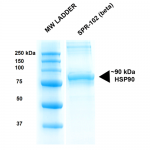
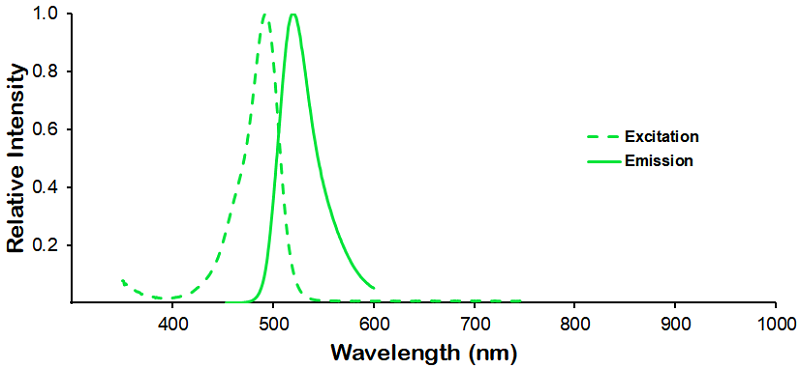
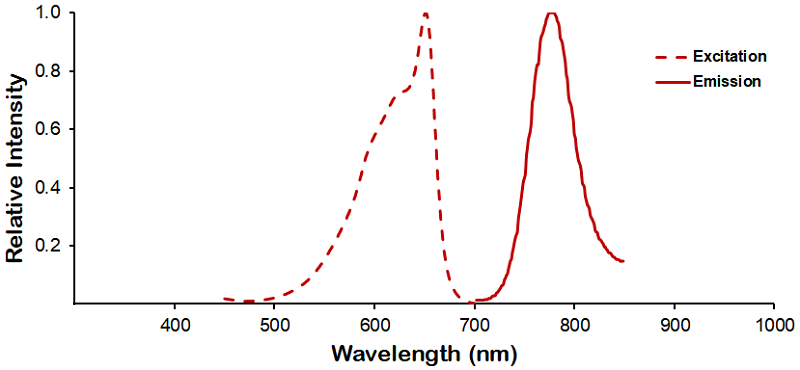
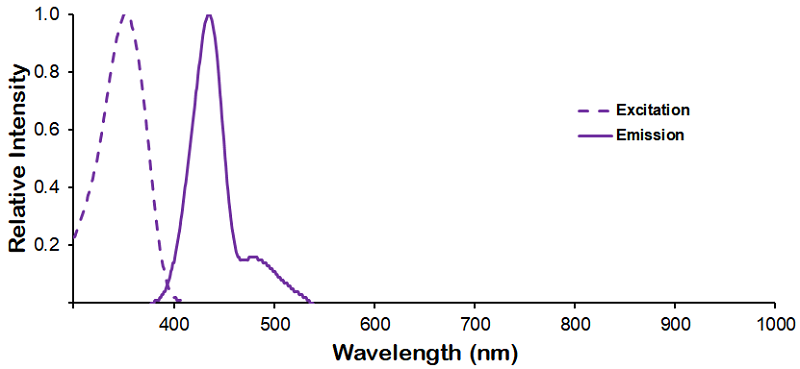
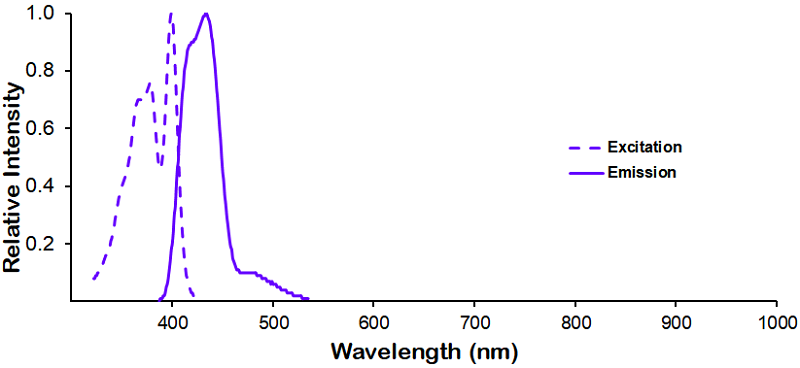
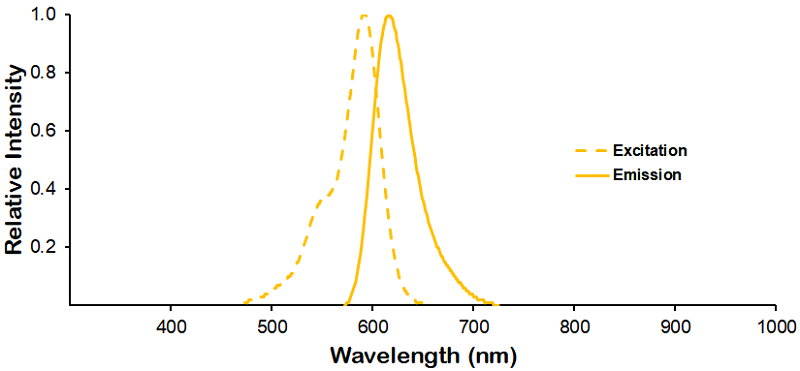
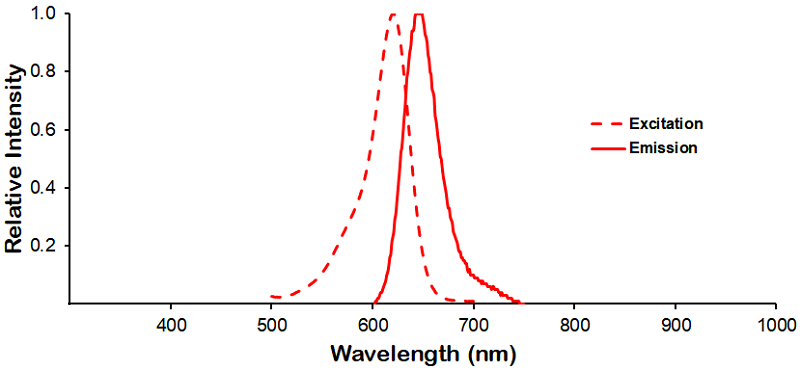
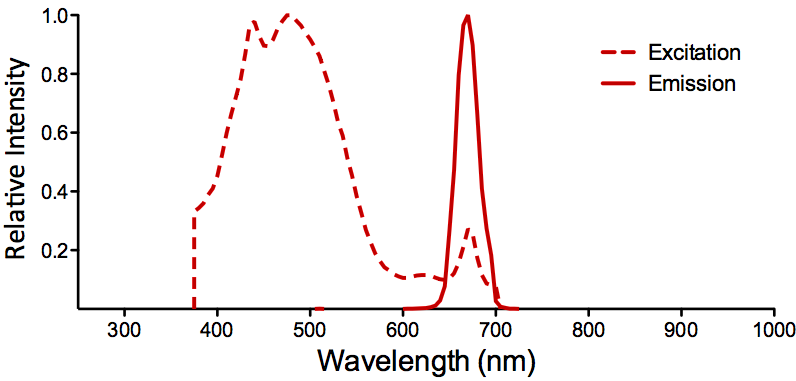
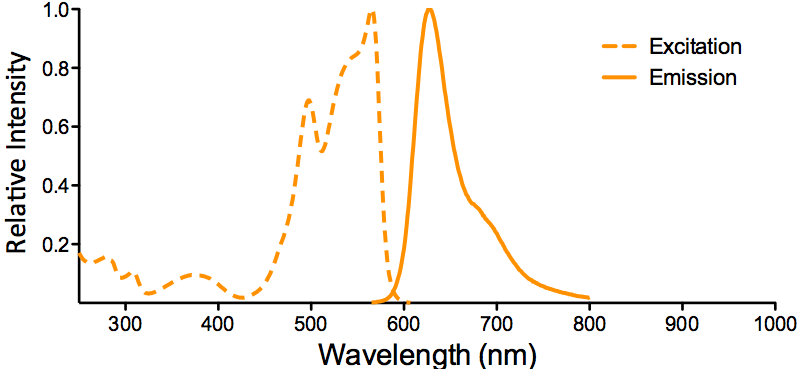
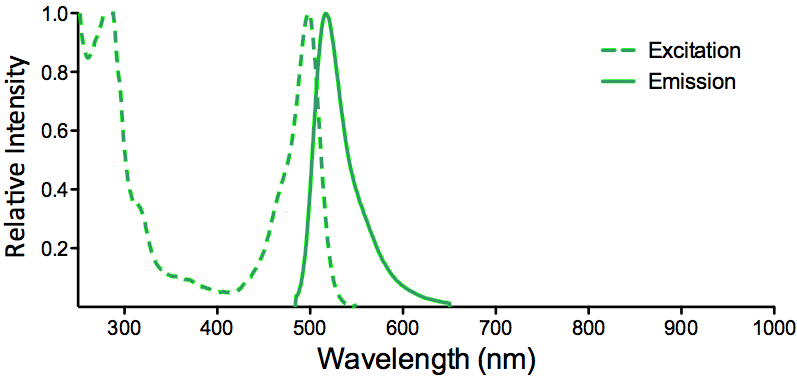
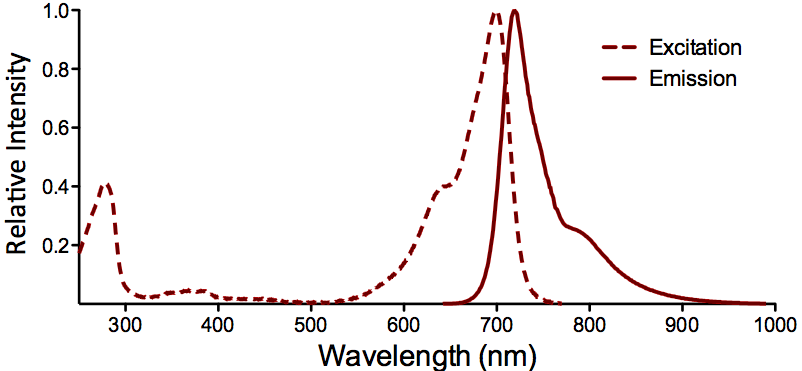
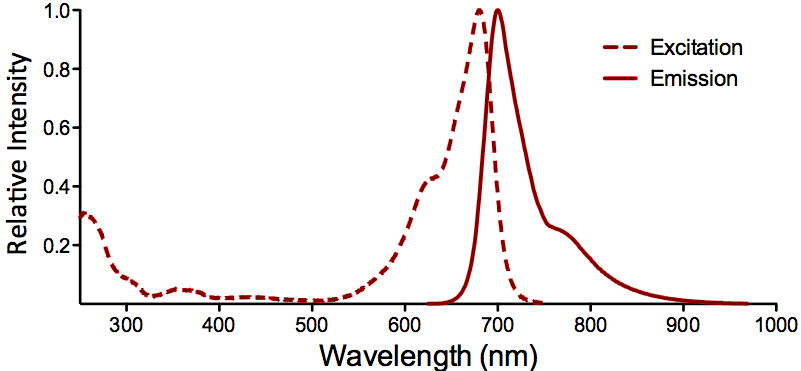
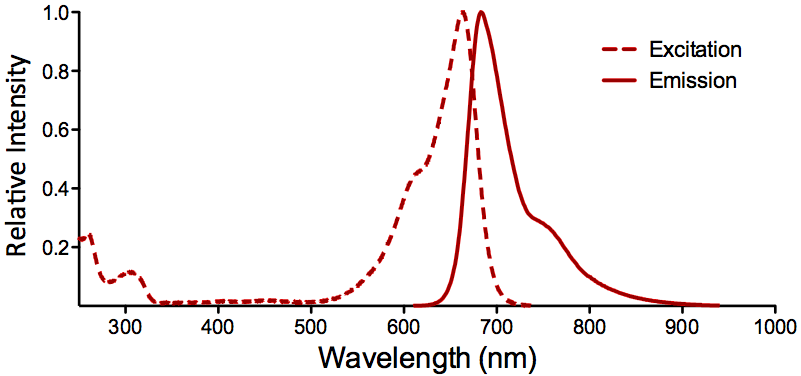
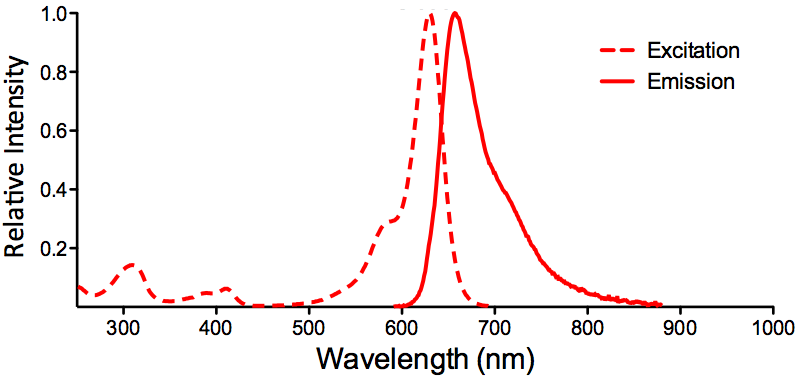
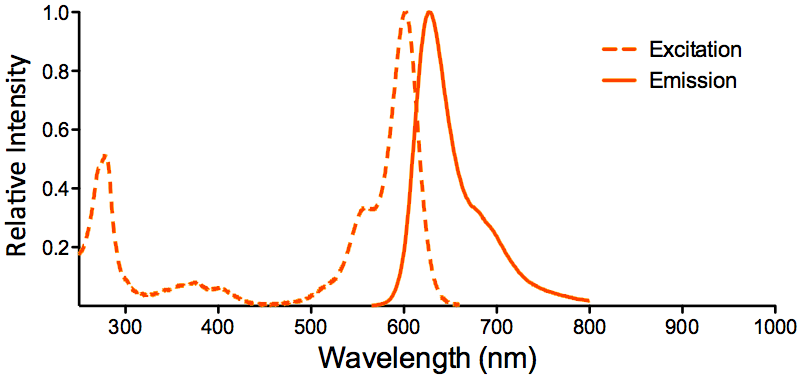
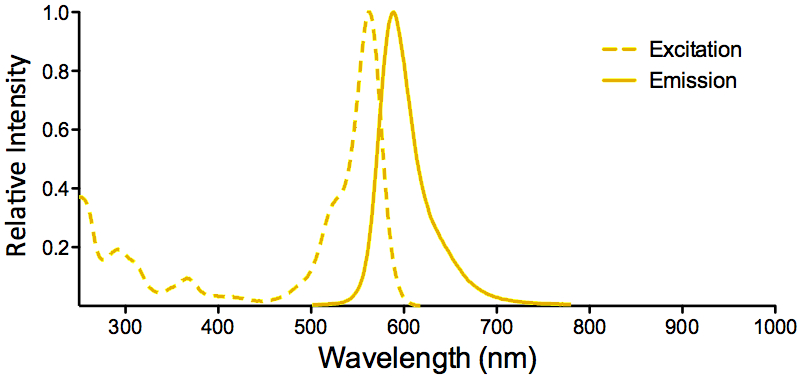
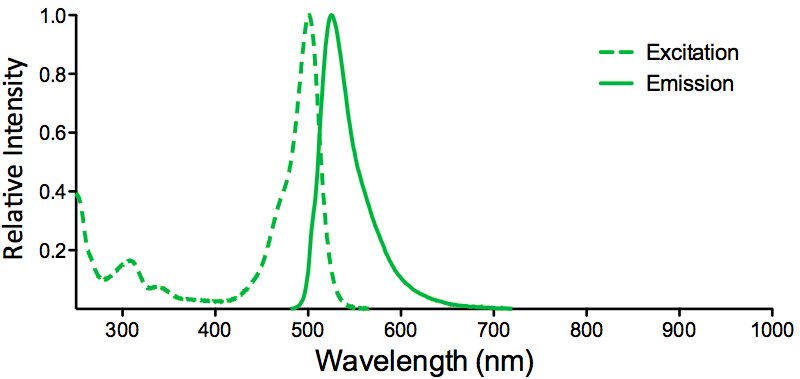
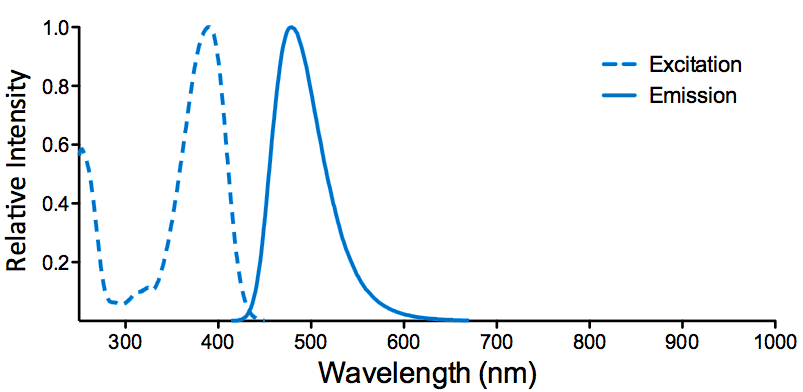
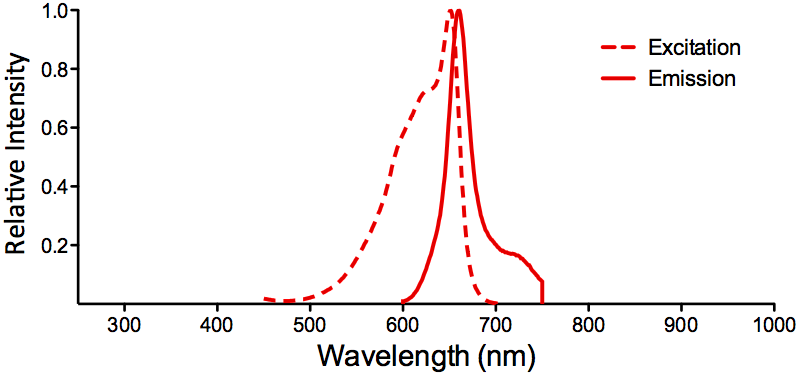
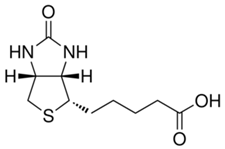
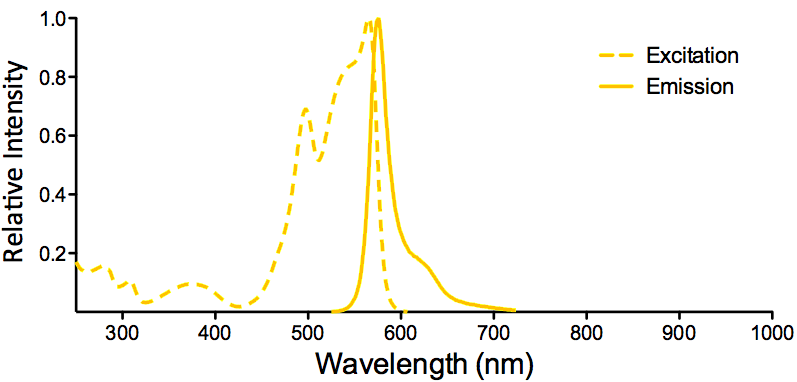
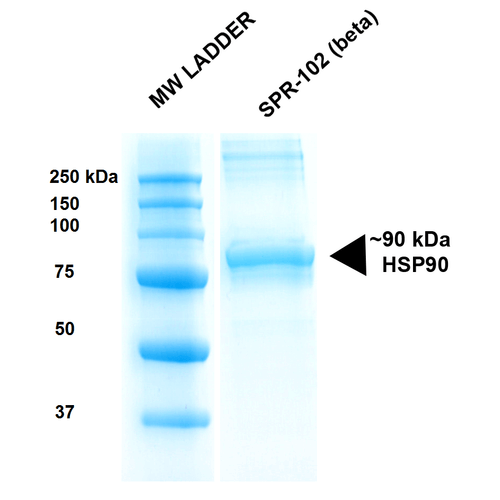
StressMarq Biosciences :
Based on validation through cited publications.